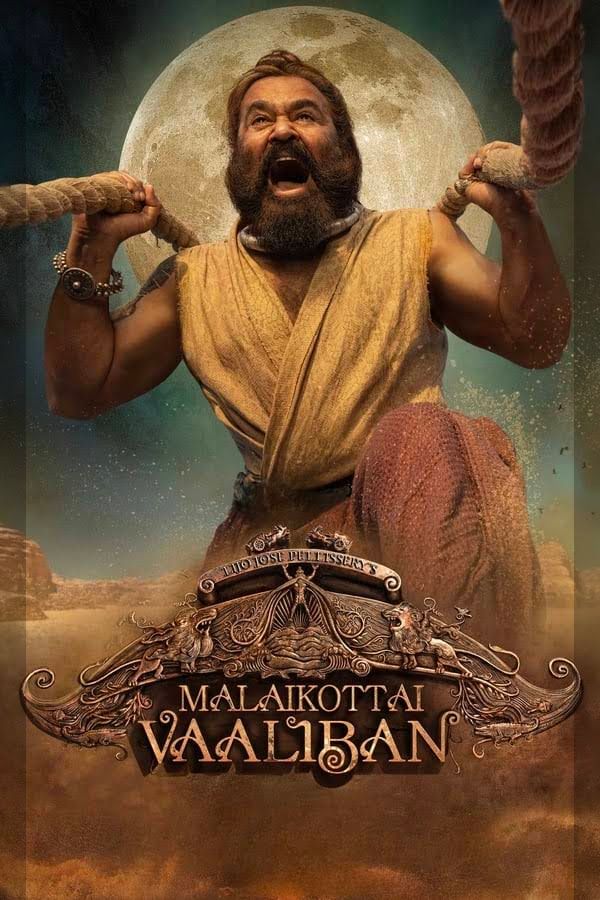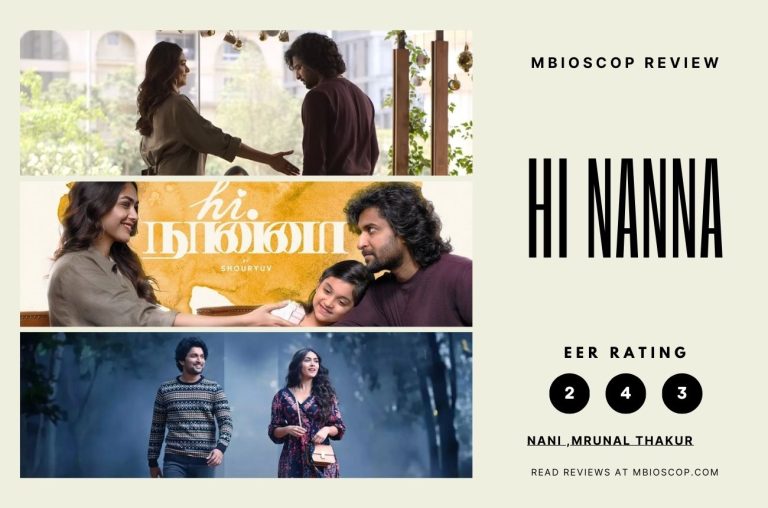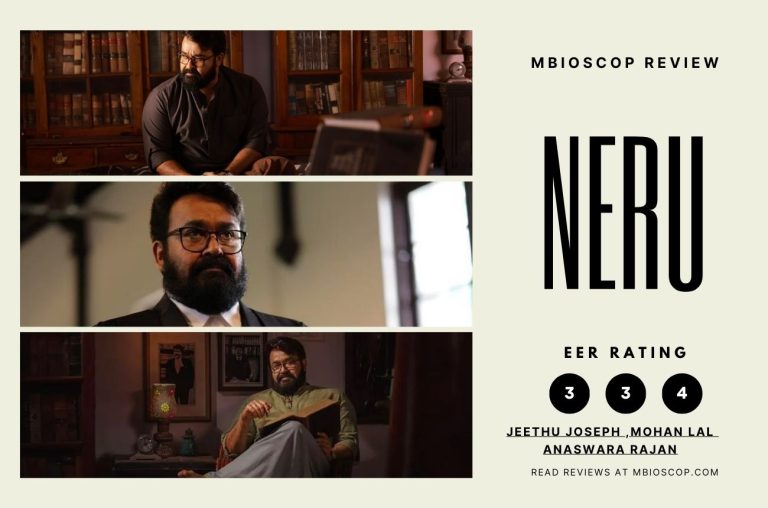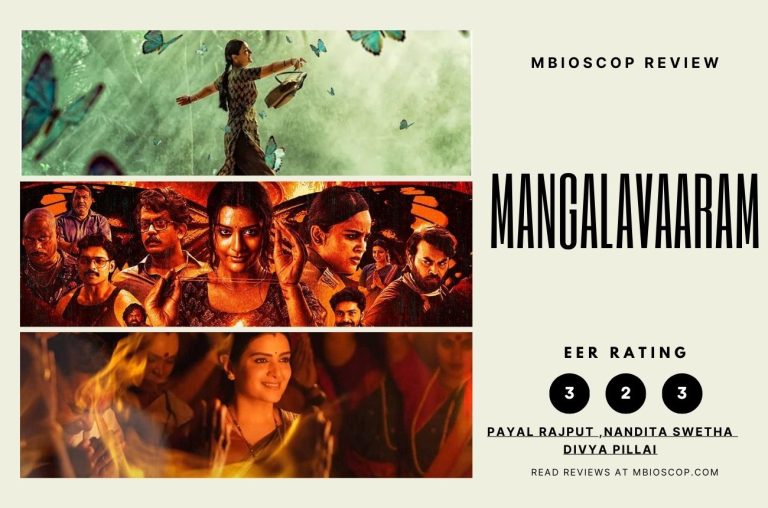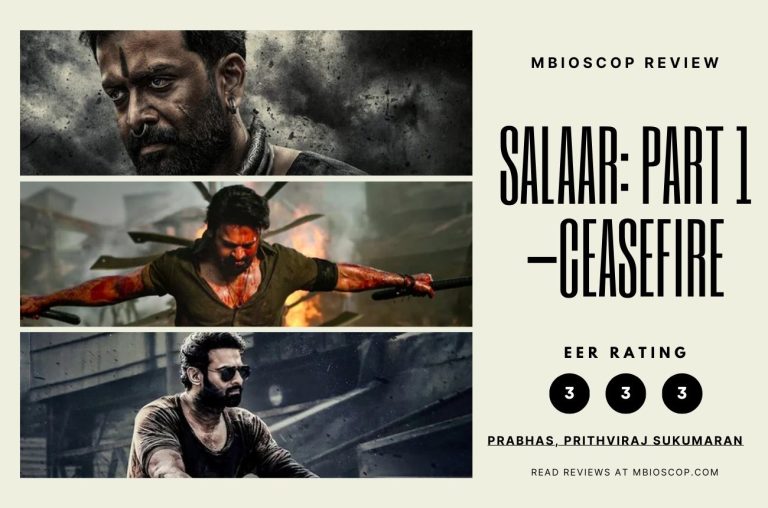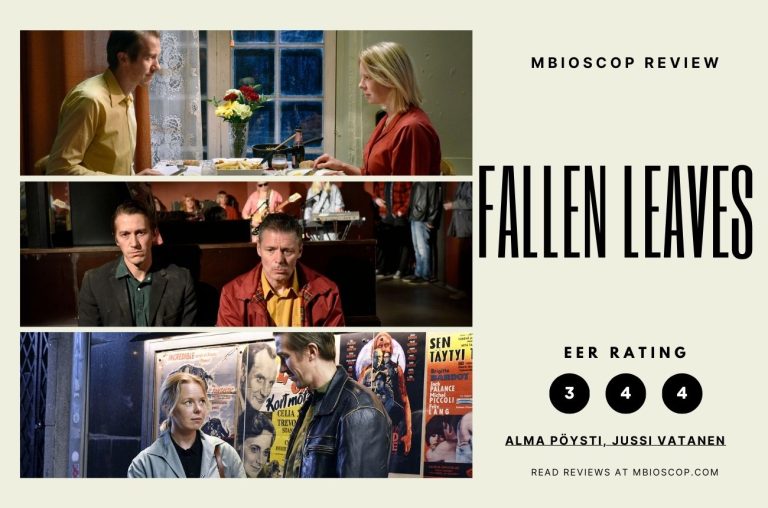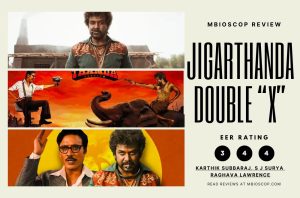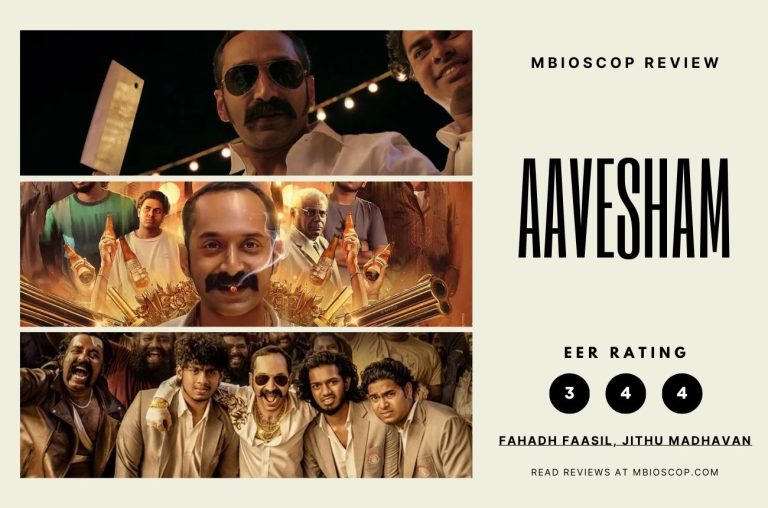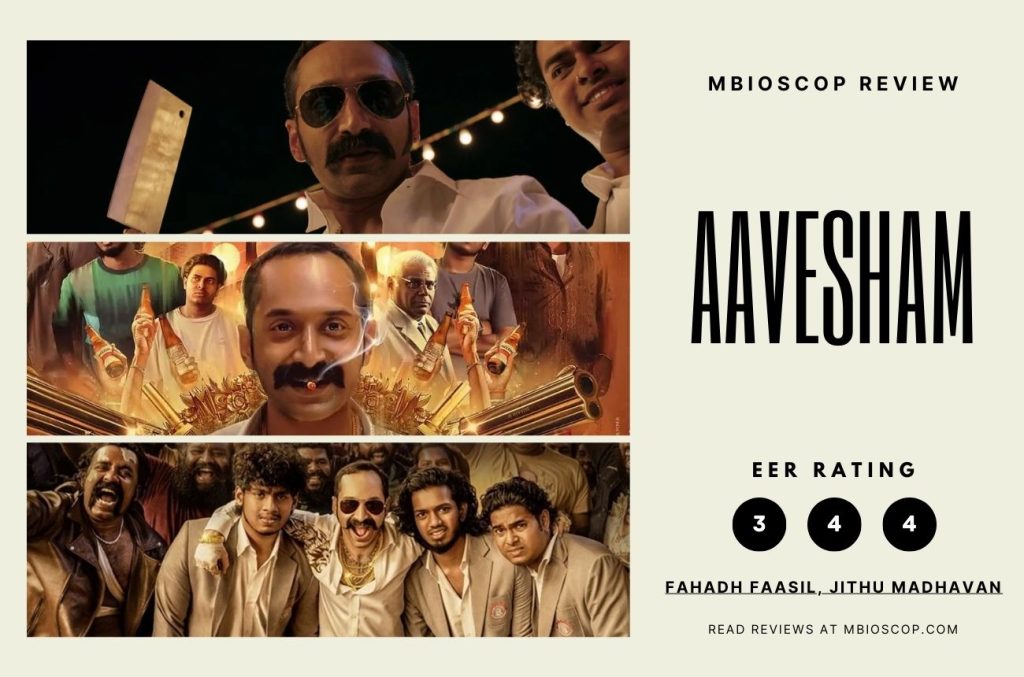“Valiban” is an ambitious cinematic endeavor that pushes the boundaries of visual storytelling, with its most striking feature being the awe-inspiring cinematography by Madhu Neelakhandan. The film unfolds at a deliberate pace, occasionally meandering, leading to a denouement that may leave some wanting. However, the strengths lie in the vibrant colors, captivating visuals, and the meticulous attention to detail by the art team, particularly in the outstanding costumes.
Prashant Pillai’s musical composition and background score stand out, elevating the overall viewing experience and connecting the audience to the narrative. The story revolves around a warrior’s journey, defending against opponents in different villages, which leads to conflicts involving revenge, deceit, sacrifices, love, and hatred.
Mohanlal delivers a commendable performance as Vaaliban, supported by a cast that includes Hareesh Peradi, Danish Sait, and Manoj Moses. The film adheres to the signature style of director Lijo Jose Pellissery, characterized by long shots, deliberate pacing, and a unique blend of dialogue, dance, music, drama, emotions, and action.
While the deliberate pace and occasional dragging may not appeal to all audiences, the film’s strengths shine through in its vibrant colors, well-choreographed action sequences, and remarkable musical score. LJP’s risk-taking and creative vision are evident, creating a visually stunning cinematic experience that demands appreciation.
“Valiban” may be considered an average movie by some, but it is undoubtedly a masterpiece in terms of technical brilliance and innovative filmmaking. The film is a must-watch in theaters to fully savor the visuals and sound, showcasing LJP’s unique storytelling approach. The smart hint at a potential sequel adds anticipation to the overall experience. Despite its slow and lengthy nature, “Valiban” stands as a testament to creativity at its best, offering a unique and stylish addition to Malayalam cinema.


